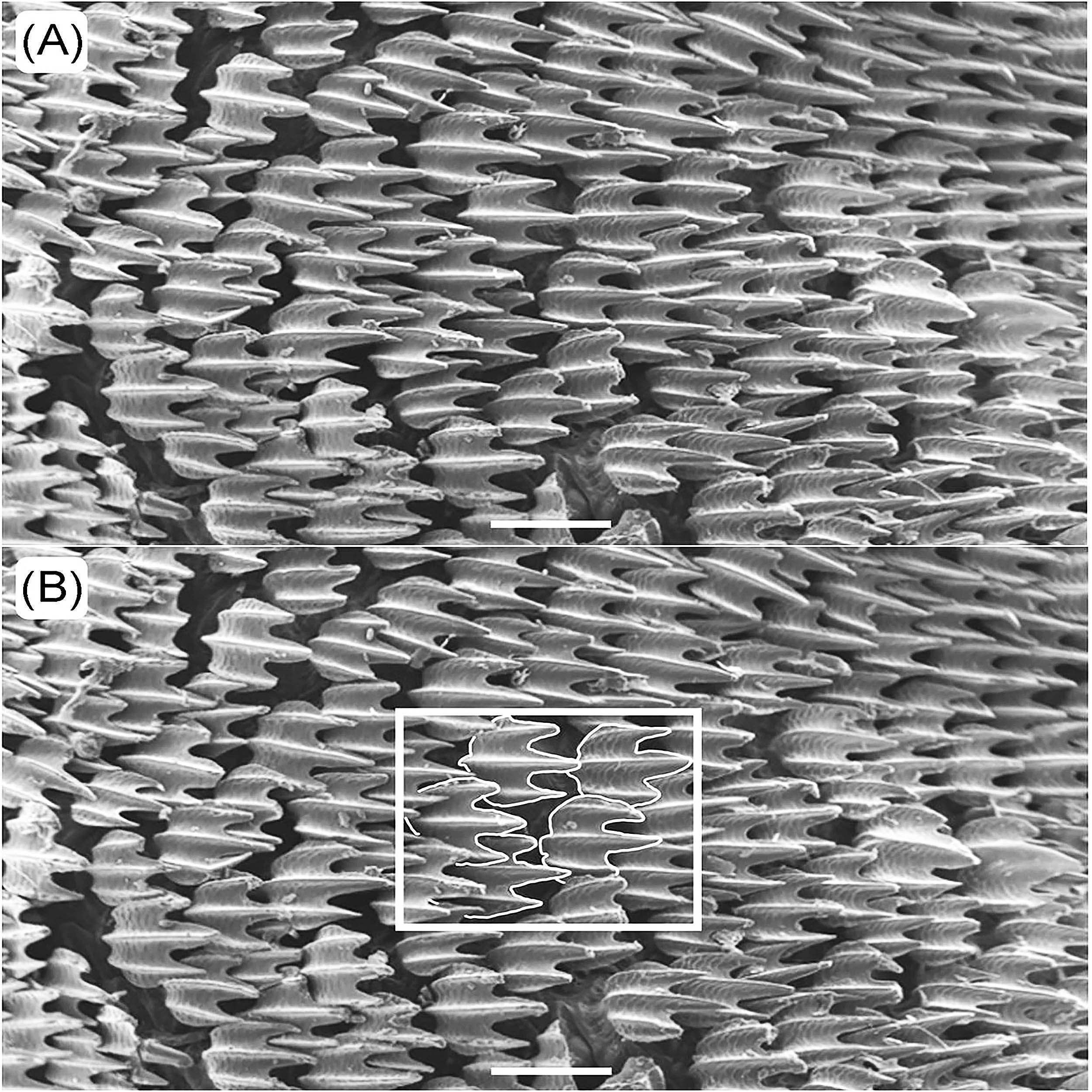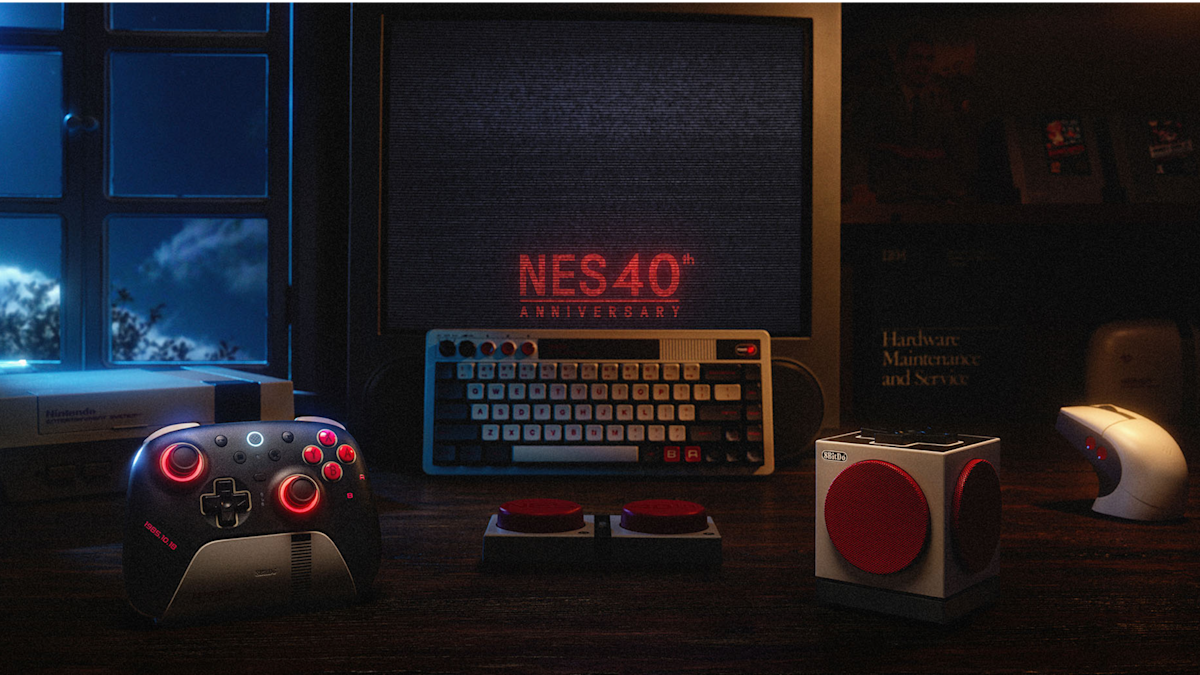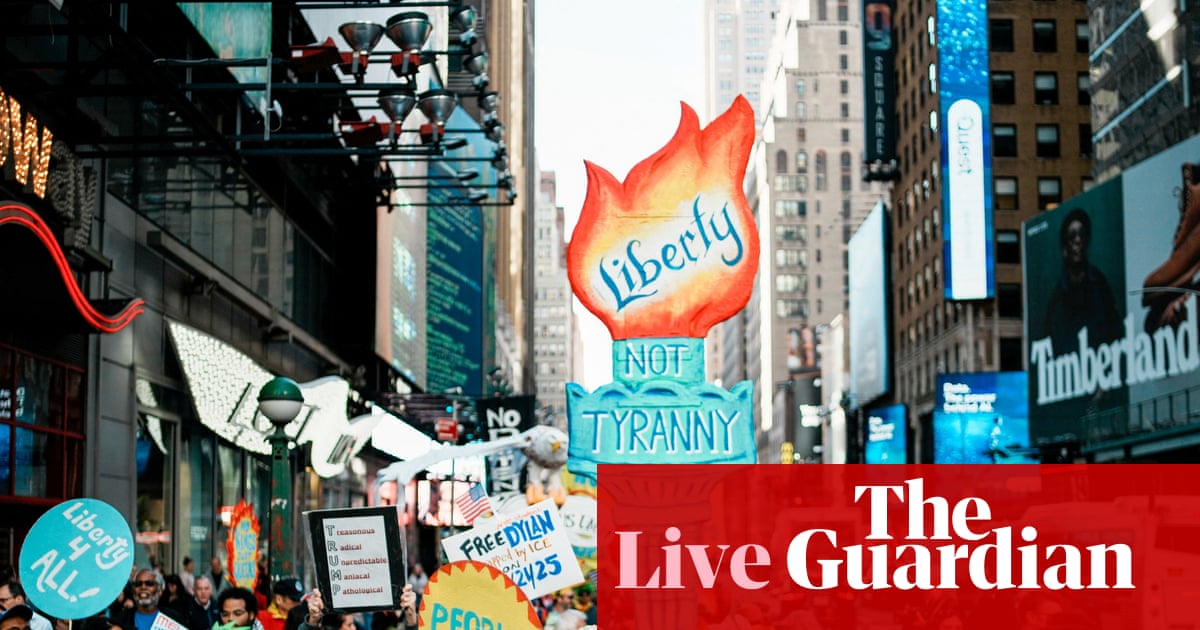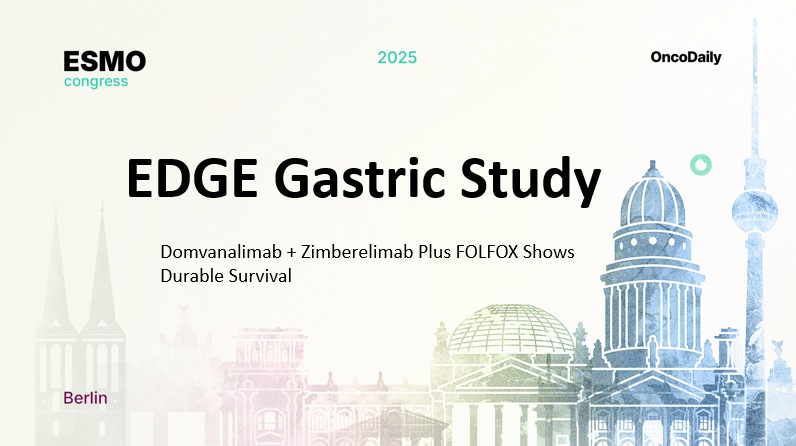What makes shark skin so tough and fast isn’t one thing but millions: dermal denticles, the tiny, tooth-like scales that armor a shark from snout to tail. They’re made of the same hard material as teeth.
Each denticle is etched with grooves…

What makes shark skin so tough and fast isn’t one thing but millions: dermal denticles, the tiny, tooth-like scales that armor a shark from snout to tail. They’re made of the same hard material as teeth.
Each denticle is etched with grooves…

Kevin Hartz tends to be first through the door. In 2001, he co-founded Xoom, back when sending money across borders meant standing in line at Western Union. In 2013, it went public, and in 2015, PayPal paid $1.1 billion for it. Four years after launching Xoom, he co-founded Eventbrite, which went public in 2018 and turned buying event tickets into something you could do without wanting to throw your laptop in the ocean.
After a stint at Founders Fund, Hartz co-founded his own venture firm, A* Capital (a nod to a computer science algorithm), then in 2020, he spotted another trend before the masses: the SPAC boom. His blank-check company, “one,” swallowed up 3D printing outfit Markforged in a $2.1 billion reverse merger in 2021, right as every other financier in Silicon Valley suddenly decided SPACs were the future.
Now Hartz is onto his next thing — teenage founders, not as a social experiment but as an unplanned investment thesis. His firm recently cut a check to Aaru, an AI-powered prediction engine with one founder who was too young to get his driver’s license at the time. Hartz is not alone in this by any stretch. The dropout-and-build movement, made most famous by founders like Steve Jobs, Bill Gates, and Mark Zuckerberg, is becoming a standard lifestyle choice for a certain kind of ambitious kid.
Consider Cory Levy, who was interning at Founders Fund, Union Square Ventures, and Techstars while still in high school, then bailed on the University of Illinois after freshman year. Today he runs Z Fellows, a one-week accelerator that hands technical founders — even high schoolers — $10,000 grants. When Levy dropped out a decade ago, the Thiel Fellowship was a radical new idea. Now, the “community of dropouts is at an all-time high,” he told Business Insider last spring. “At a big group dinner of 15 or 20 people, we’ll look around the table, and no one has a college degree.”
It’s becoming enough of a “thing” that the accelerator Y Combinator, which has quietly reinforced drop-out culture since its outset, recently rolled out a program that’s designed for students who want to start companies but don’t want to drop out. The program allows them to apply while still in school, get accepted and funded immediately, and defer their participation in YC until after they graduate. (For YC, known for being countercultural, the move is very on brand.)
Naturally, TechCrunch has been covering the trend: see here and here and here. But to learn more, I’ll be sitting down with Hartz at the StrictlyVC event inside TechCrunch’s rollicking Disrupt show, kicking off in San Francisco on Monday, October 27. (Hartz is talking on Tuesday, October 28.)

Workers in Blizzard’s Hearthstone and Warcraft Rumble teams have voted to unionise with the Communications Workers of America.
Over 100 software engineers, designers, artists, quality assurance testers, and producers voted to join…

Apple may be planning to release an updated Developer Strap for the Vision Pro next week, according to a hint on its website.
On its visionOS resources page for developers, Apple says the Developer Strap will be available to order again starting…

It’s been 40 years to the day since the Nintendo Entertainment System made its US debut, and to celebrate, gaming accessory maker 8BitDo has unveiled a line of NES-themed products. The includes a limited edition version of the company’s that…

Gold price fell slightly on Friday, October 17, but ended the week with the biggest rise since 2020. Gold futures dropped over 1% to around $4,260 an ounce after hitting an intraday high of $4,380. Despite the dip, gold was up 7% for the week as investors bought the precious metal amid uncertainty, Yahoo Finance reported.
Kyle Rodda, senior financial market analyst, said a “perfect storm” of global factors has pushed gold prices higher. Rising trade tensions between the United States and China, expectations of another Federal Reserve rate cut, and worries about regional banks have all driven investors toward safe-haven assets like gold.
Rodda, who is a market analyst at Capital.com, described the surge as “parabolic,” noting that prices have risen unusually fast. “Gold is sending an ominous message about the future,” he said. “It could be pointing to global instability or a sign of speculation that might burst later.”
Gold’s year-to-date performance has been remarkable, up nearly 59%. Central banks worldwide have been buying gold at record levels, while a weaker US dollar and falling interest rates have made holding gold more attractive than cash or bonds.
At the same time, gold-backed exchange-traded funds (ETFs) saw record inflows last quarter, highlighting strong appetite from both retail and institutional investors.
A Bank of America Fund Managers Survey recently found that gold is the most crowded trade in the market, beating out the “Magnificent Seven” tech stocks. 39% of fund managers have no gold, 35% have 2-4% of their portfolio in gold.
Also Read: Gold, silver prices hit records on US credit fears and ‘US-China trade war’
Several major banks have lifted their gold price targets. BofA analysts reiterated their “long gold” call, predicting prices could reach $6,000 per ounce by mid-2026. Goldman Sachs raised its forecast to $4,900 by the end of next year, and JPMorgan expects prices could climb to $6,000 by 2029.
For now, gold’s upsurge is due to global uncertainty and investor nervousness. Whether it continues or becomes a bubble will depend on how central banks and the world economies react to inflation, rate cuts and geopolitical risks in the coming months.
Also Read: No Kings protests to sweep US as millions plan to march against Trump’s policies
Gold prices rose due to trade tensions, rate-cut expectations, and worries about banks, making investors buy gold as a safe option.
Gold futures reached an intraday high of around $4,380 an ounce before ending the week near $4,260.
Experts say prices may rise further if global uncertainty, inflation, and interest rate cuts continue, but some warn it could become a bubble.

Rachel Leingang
Millions are expected to show out for protests on Saturday at more than 2,500 locations across America, from small towns to large cities, to speak against the Trump administration.

At the ESMO Congress 2025 in Berlin, Dr. Yelena Y. Janjigian (Memorial Sloan Kettering Cancer Center, New York, USA) presented updated long-term results from the Phase II EDGE Gastric study (NCT05329766), sponsored by Arcus Biosciences and Gilead Sciences. The trial evaluated the dual immune checkpoint blockade of domvanalimab (Dom)—an Fc-silent anti-TIGIT antibody developed by Arcus—and zimberelimab (Zim)—an anti–PD-1 antibody—in combination with FOLFOX chemotherapy in the first-line (1L) treatment of HER2-negative advanced gastric (GC), gastroesophageal junction (GEJC), and esophageal adenocarcinoma (EAC).
At a 26-month follow-up, the combination demonstrated durable efficacy, achieving a median overall survival (OS) of 26.7 months and median progression-free survival (PFS) of 13.2 months, reinforcing dual PD-1/TIGIT blockade as a promising next-generation immunotherapy strategy for upper gastrointestinal adenocarcinomas.
Despite advances in immunotherapy, long-term outcomes for patients with advanced gastric and GEJ cancers remain poor. While PD-1 inhibitors have become a mainstay of first-line therapy, resistance and limited response durability remain major challenges.
The TIGIT pathway, a key regulator of T-cell exhaustion, has emerged as a complementary target to PD-1, with potential to deepen and sustain immune responses.
The EDGE-Gastric trial (Arm A1) was designed to assess whether dual inhibition of PD-1 and TIGIT, combined with chemotherapy, could enhance anti-tumor immunity and improve survival outcomes in this population.
Patients received:
Primary endpoints included safety and objective response rate (ORR) by RECIST v1.1, while secondary endpoints assessed progression-free survival (PFS) and overall survival (OS).
A total of 41 patients were enrolled, 63% of whom had gastric cancer.
The median follow-up at data cutoff (March 3, 2025) was 26.4 months.
The combination of Dom + Zim + FOLFOX continued to yield durable and consistent efficacy:
The benefit was consistent across PD-L1 subgroups:
These findings highlight robust, long-lasting responses, particularly in PD-L1–high tumors, with durable benefit extending beyond two years.
The safety profile of Dom + Zim + FOLFOX remained manageable and comparable to PD-1–based chemotherapy regimens.
The regimen demonstrated a favorable safety profile and consistent benefit across PD-L1 subgroups, establishing a strong rationale for phase III validation.
The ongoing STAR-221 trial (NCT05568095) will compare Dom + Zim + chemotherapy directly with nivolumab + chemotherapy in the same setting.
You Can Also Raed INTEGRATE IIb Trial at ESMO 2025: Regorafenib Plus Nivolumab vs Chemotherapy in Advanced Gastric and GEJ Cancer by OncoDaily
You can read the full abstract here